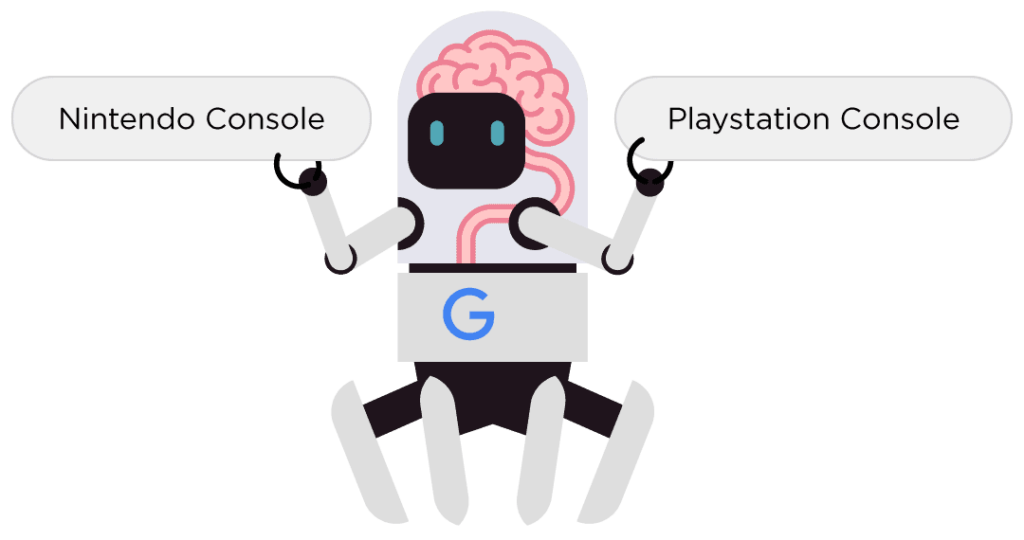Google RankBrain: Unlocking the Secrets of AI-Powered Search Results
Introduction to Google RankBrain
In the ever-evolving world of search engine optimization (SEO), Google RankBrain plays a vital role in determining how web pages are ranked. Introduced in 2015, RankBrain is an artificial intelligence (AI) system that enhances Google’s ability to understand search queries and user intent. It’s more than just a keyword-matching system; it leverages machine learning to deliver more accurate and relevant search results, even for queries it hasn’t encountered before.
Whether you’re a business owner or SEO specialist, understanding how RankBrain functions and adapting your strategy to it can make all the difference in boosting your rankings on Google. Let’s dive into the mechanics, benefits, and strategies for optimizing your site for Google RankBrain.
What is Google RankBrain?
Google RankBrain is an AI-based algorithm that processes search queries in ways traditional algorithms cannot. It enables the search engine to interpret natural language better, especially with long-tail and ambiguous queries. When users search for complex questions or less popular topics, RankBrain analyzes the context to provide the most relevant information.
How Does RankBrain Work?
RankBrain evaluates user behavior such as click-through rate (CTR), dwell time, and bounce rate to gauge the relevance of results. If users engage more with certain pages, the algorithm prioritizes those pages for similar future searches. This adaptive learning allows RankBrain to continuously improve and fine-tune its performance over time.
Why is RankBrain Important for SEO?
SEO has evolved from being purely keyword-focused to emphasizing user intent and content relevance. Google RankBrain plays a pivotal role in this transition by ensuring that content aligns with what searchers want, not just with specific words they type.
Here’s why it matters for SEO professionals:
- Improves User Intent Matching: RankBrain helps Google match search queries with the correct intent, whether informational, transactional, or navigational.
- Rewards High-Quality Content: Websites that engage users and provide value get ranked higher, as the algorithm measures dwell time and user satisfaction.
- Reduces Keyword Dependence: While keywords are still essential, RankBrain focuses more on understanding the meaning behind queries, allowing sites with well-structured content to shine.

How Google RankBrain Evaluates Content
Google RankBrain uses several metrics to assess content performance. Below are some critical factors that influence how RankBrain ranks pages:
1. Click-Through Rate (CTR)
If a page consistently receives more clicks from search results, RankBrain identifies it as a more relevant option and pushes it higher in rankings.
2. Dwell Time
This refers to how long a visitor stays on your page after clicking on it from a search result. Longer dwell times suggest that the content is engaging and valuable, which RankBrain rewards.
3. Bounce Rate
A high bounce rate, where users leave immediately after landing on your page, can negatively impact your ranking. RankBrain interprets this as a sign that the content is not relevant to the search query.
4. Content Freshness
Regularly updating your content improves your chances of ranking well. Google tends to favor fresh content, especially on topics that evolve quickly.
Best Practices for Optimizing Content for Google RankBrain
Now that you know how RankBrain works, let’s look at some actionable steps to optimize your content for better search performance:
1. Create Content Around User Intent
Identify the intent behind your audience’s queries and structure your content accordingly. Use tools like Google’s “People Also Ask” section to get an idea of common questions and queries.
2. Focus on Natural Language and Long-Tail Keywords
Since RankBrain excels at understanding conversational queries, optimize your content using natural language rather than stuffing it with short keywords. Long-tail keywords often reflect specific user intent.
3. Improve CTR with Engaging Titles and Meta Descriptions
Craft compelling meta titles and descriptions to increase your CTR. Use numbers, power words, and emotional triggers to attract clicks.
4. Enhance User Experience (UX) and Engagement
Make sure your site is user-friendly, fast, and easy to navigate. Additionally, use multimedia elements like videos and images to keep users engaged longer.
5. Optimize for Mobile
With more people searching on mobile devices, mobile-friendly sites are prioritized in search results. Test your website on multiple devices to ensure it offers a seamless experience.
Common Myths About Google RankBrain
There are several misconceptions surrounding RankBrain. Let’s debunk a few of them:
- Myth 1: RankBrain replaces all previous ranking factors.
Fact: RankBrain is just one part of Google’s algorithm. Traditional SEO factors like backlinks and on-page optimization still matter. - Myth 2: RankBrain only affects complex queries.
Fact: While RankBrain shines with complex or unseen queries, it also impacts everyday searches by interpreting user behavior trends. - Myth 3: You need to optimize specifically for RankBrain.
Fact: There’s no unique “RankBrain SEO.” Optimizing for user intent, engagement, and relevance naturally aligns with RankBrain’s priorities.
Case Study: Impact of Google RankBrain on Rankings
A study conducted by Backlinko revealed that user experience metrics like dwell time and CTR have become critical factors for SEO. Websites that made small tweaks, such as improving content readability and enhancing UX design, experienced significant boosts in their rankings. This clearly demonstrates how RankBrain encourages search-friendly, high-quality content.
For more in-depth research, check this out!
Key Differences Between RankBrain and Other Google Updates
Google has rolled out numerous algorithm updates, but RankBrain stands out in several ways:
| Algorithm | Purpose | Notable Difference |
|---|---|---|
| Panda | Content quality assessment | Focuses on low-quality content |
| Penguin | Penalties for spammy link practices | Targets manipulative backlinks |
| RankBrain | AI-based understanding of search queries | Focus on intent and user behavior |
Unlike Panda or Penguin, which were designed to address specific SEO problems, RankBrain adapts dynamically to evolving search patterns.
Conclusion: Why SEO Professionals Should Embrace RankBrain
Google RankBrain is reshaping the landscape of SEO by emphasizing relevance, user engagement, and intent-driven results. Rather than relying solely on keywords, it encourages content creators to deliver meaningful, high-quality content that resonates with their audience.
If you want to stay ahead in the SEO game, focus on user experience, optimize your site for mobile, and structure content based on intent rather than keywords alone. Google RankBrain rewards websites that offer value, making it a powerful ally in your SEO strategy.
Have SEO Needs? Contact Us Today for a FREE no Obligation, Consultation.
Reference:







